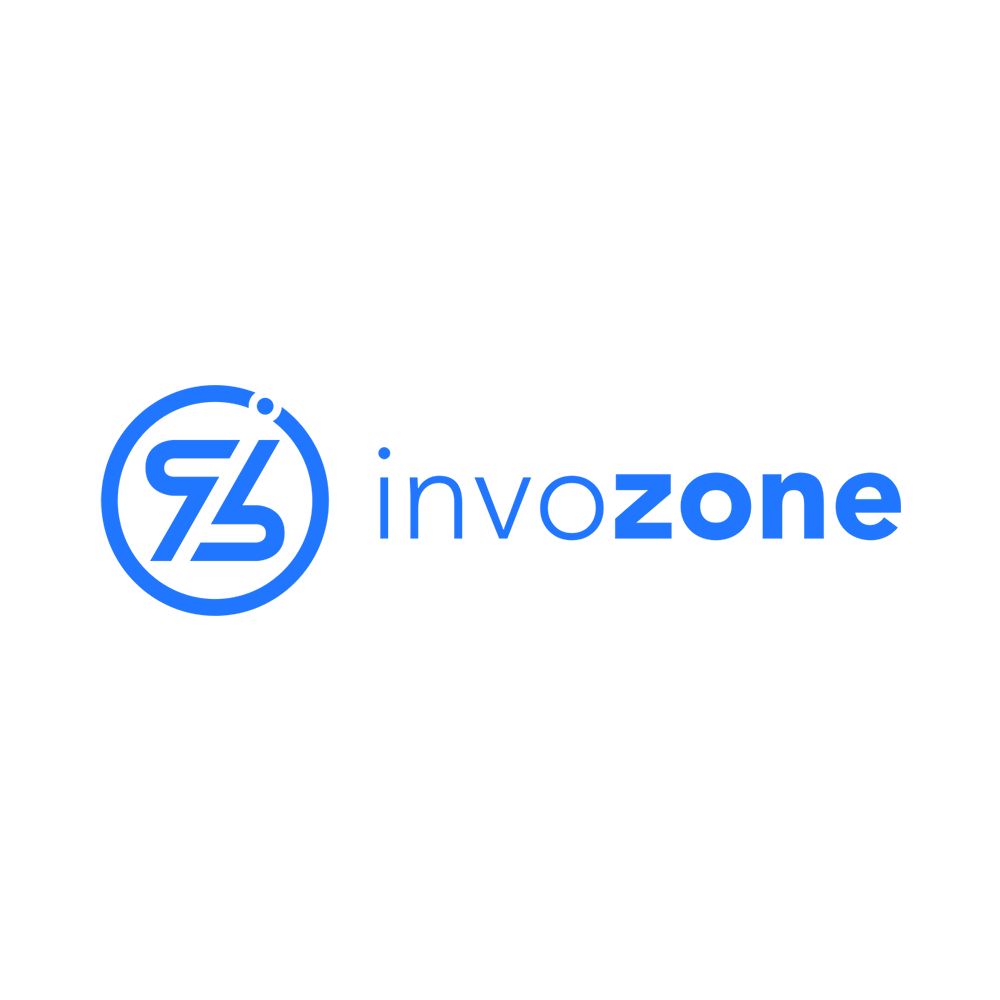452 reads
How to Migrate Data from an MSSQL Server to PostGreSQL?
by
April 24th, 2021

InvoZone is a leading software development company providing effective solutions to help companies grow globally.
About Author
InvoZone is a leading software development company providing effective solutions to help companies grow globally.